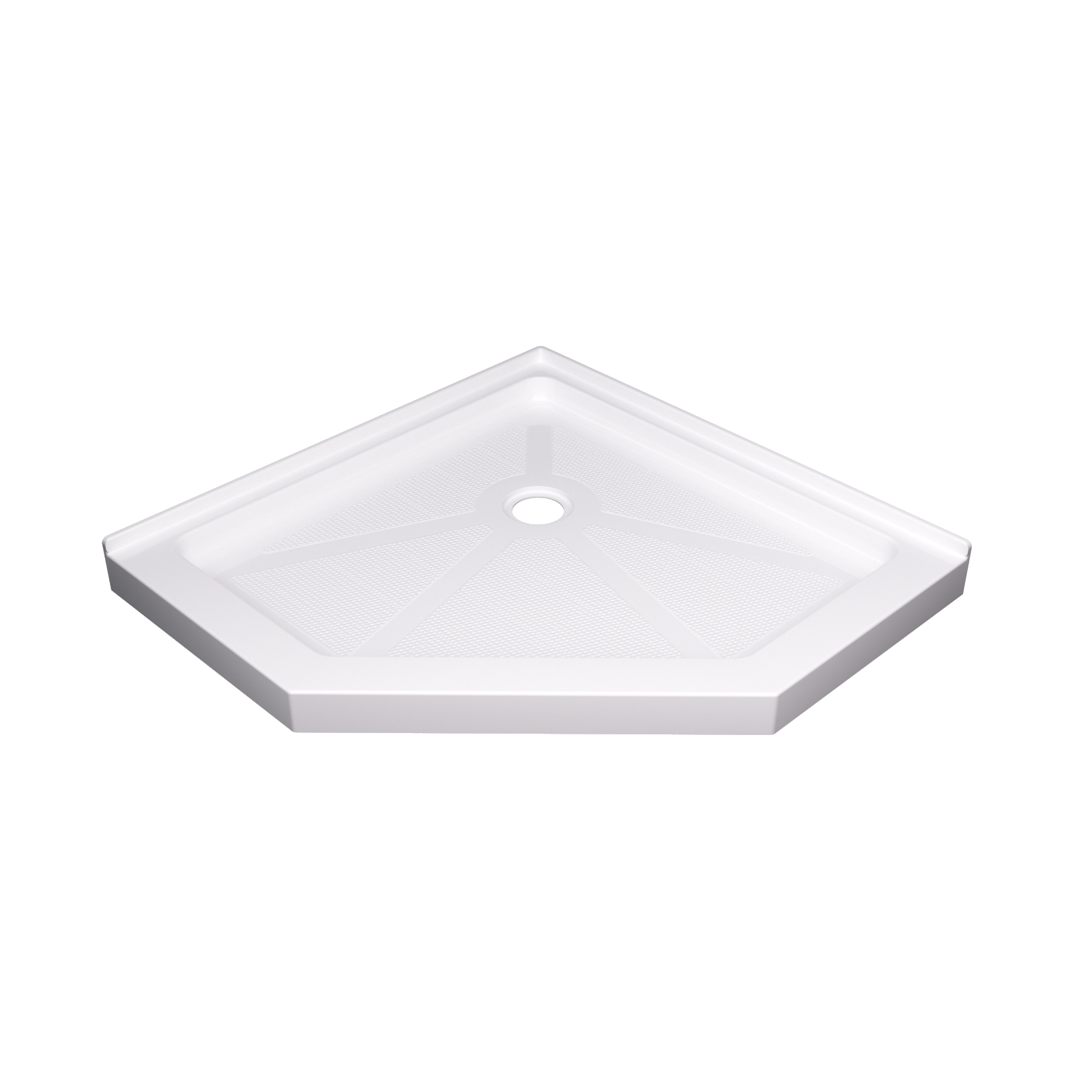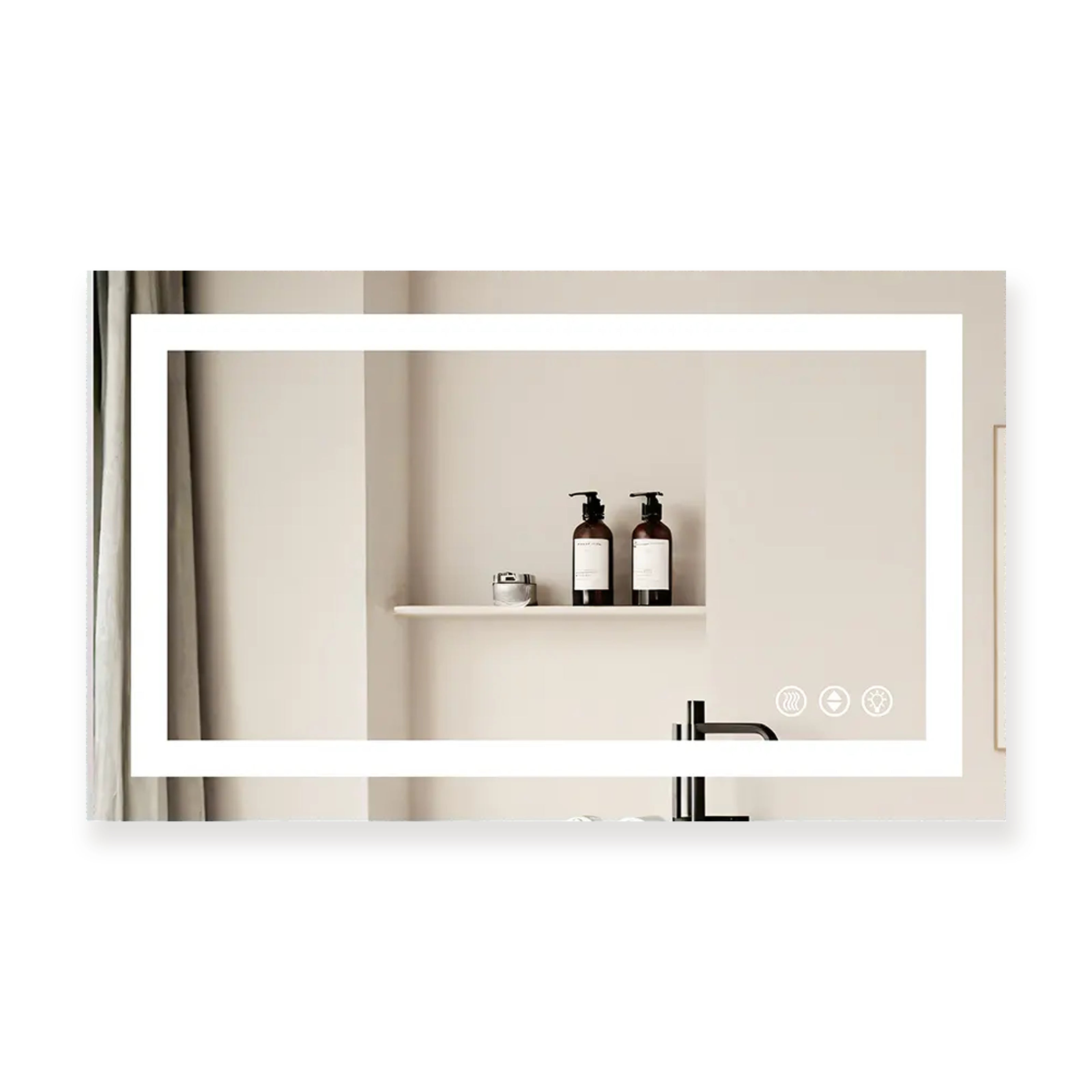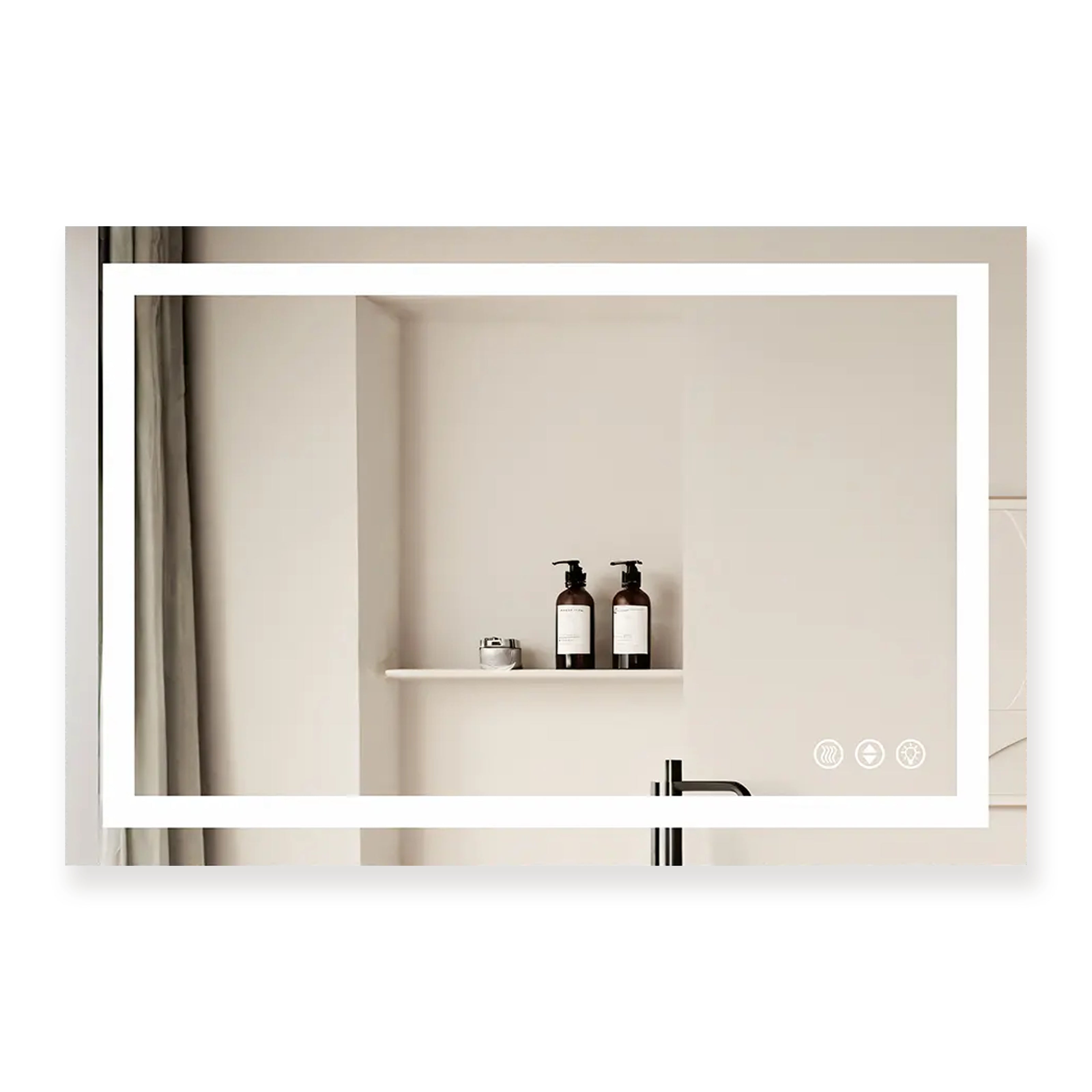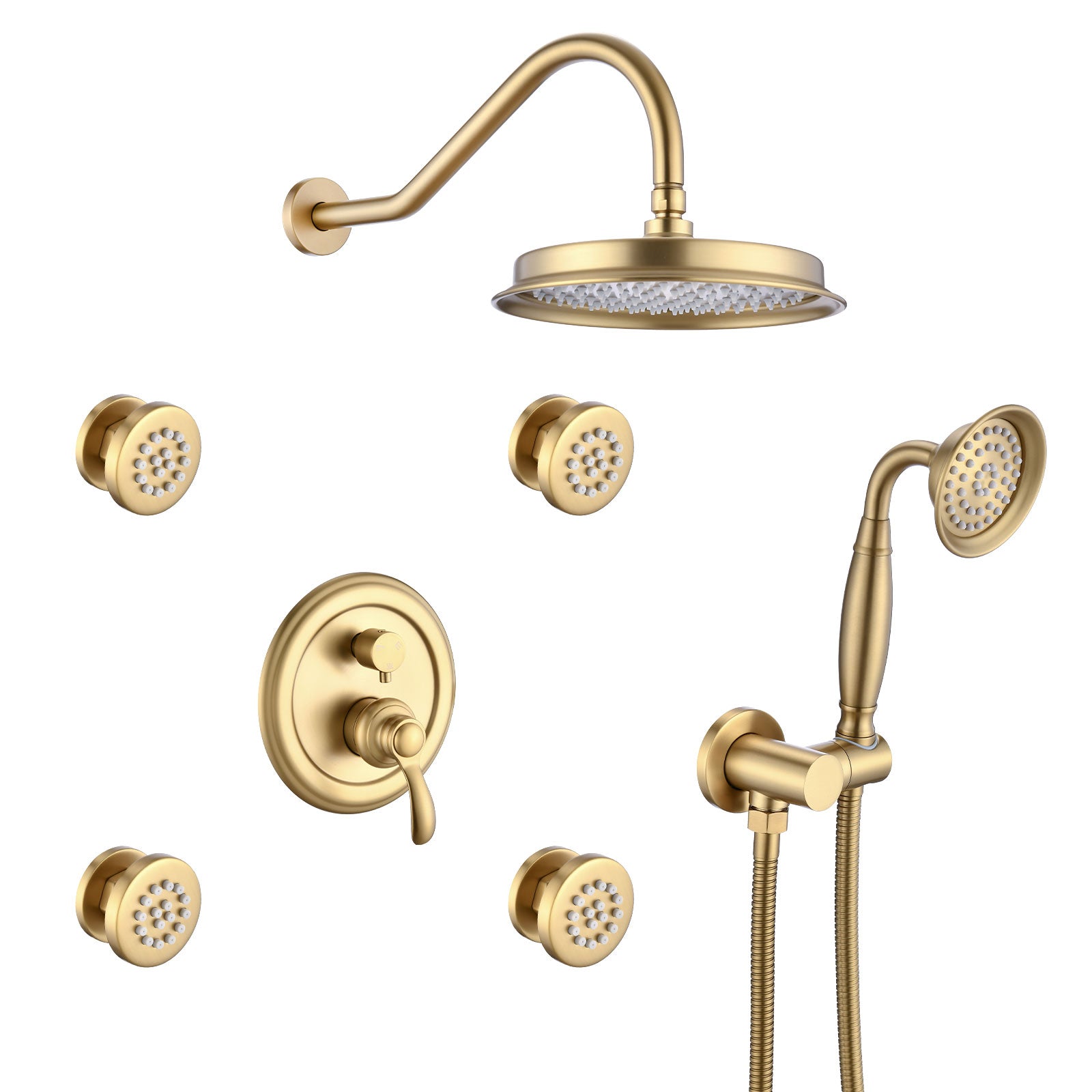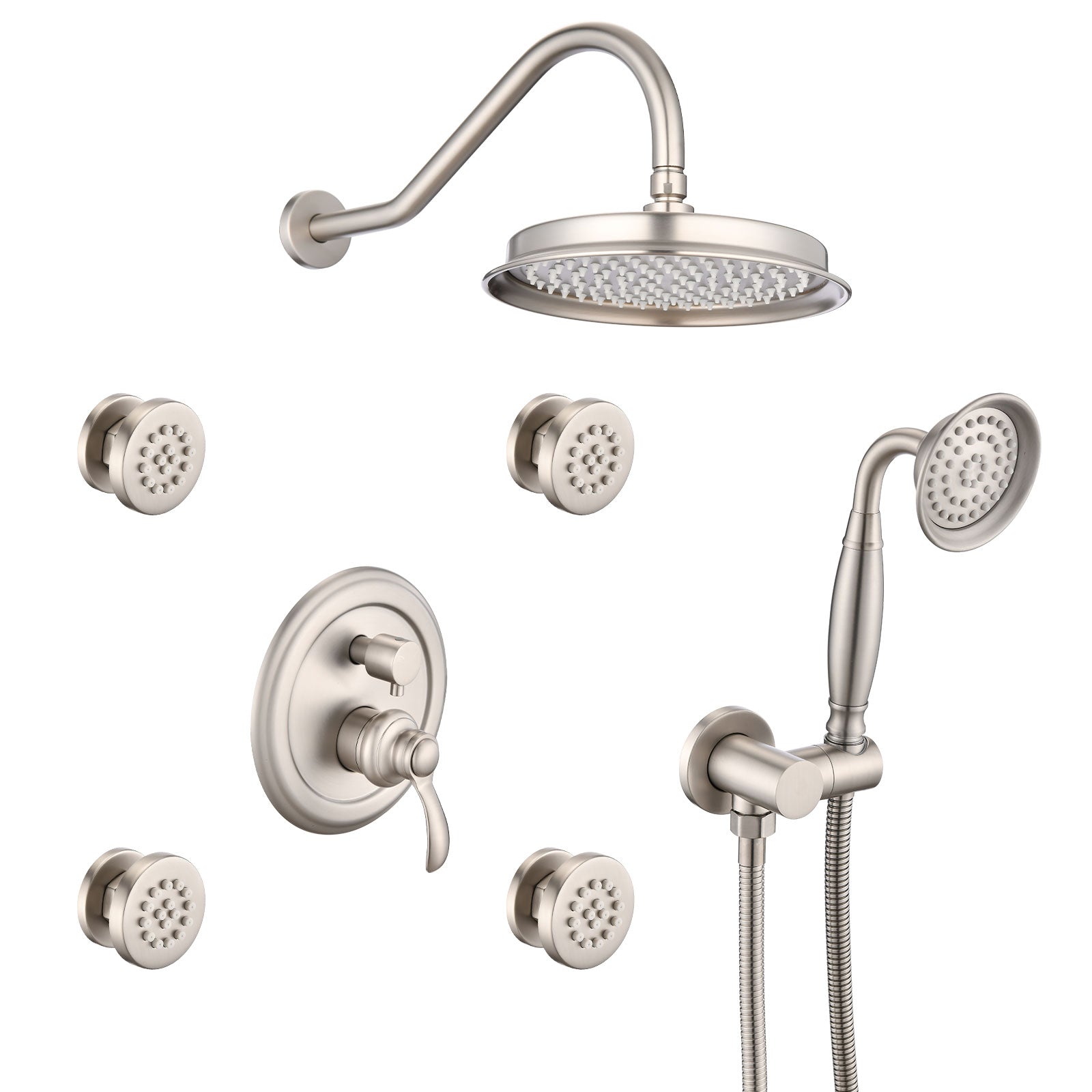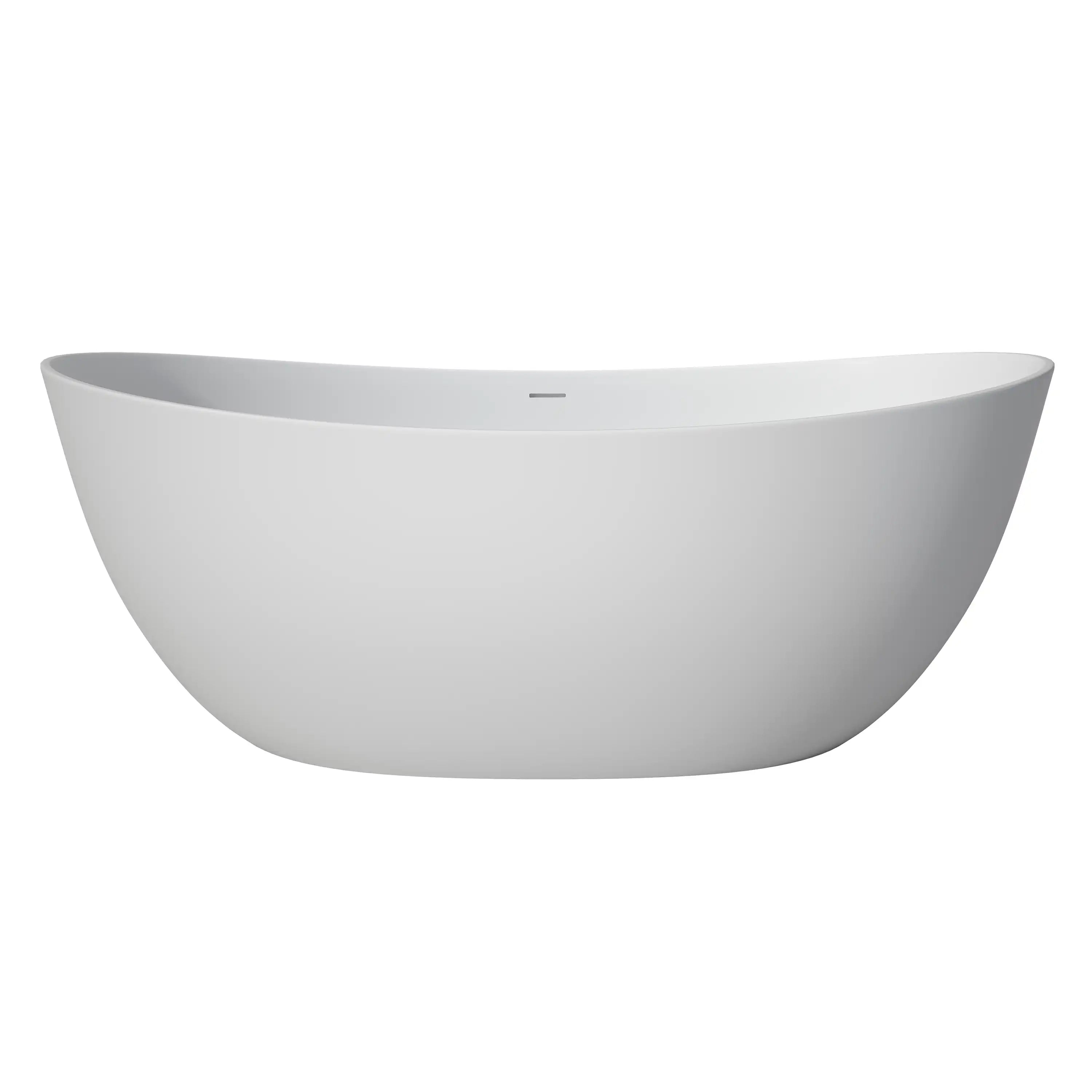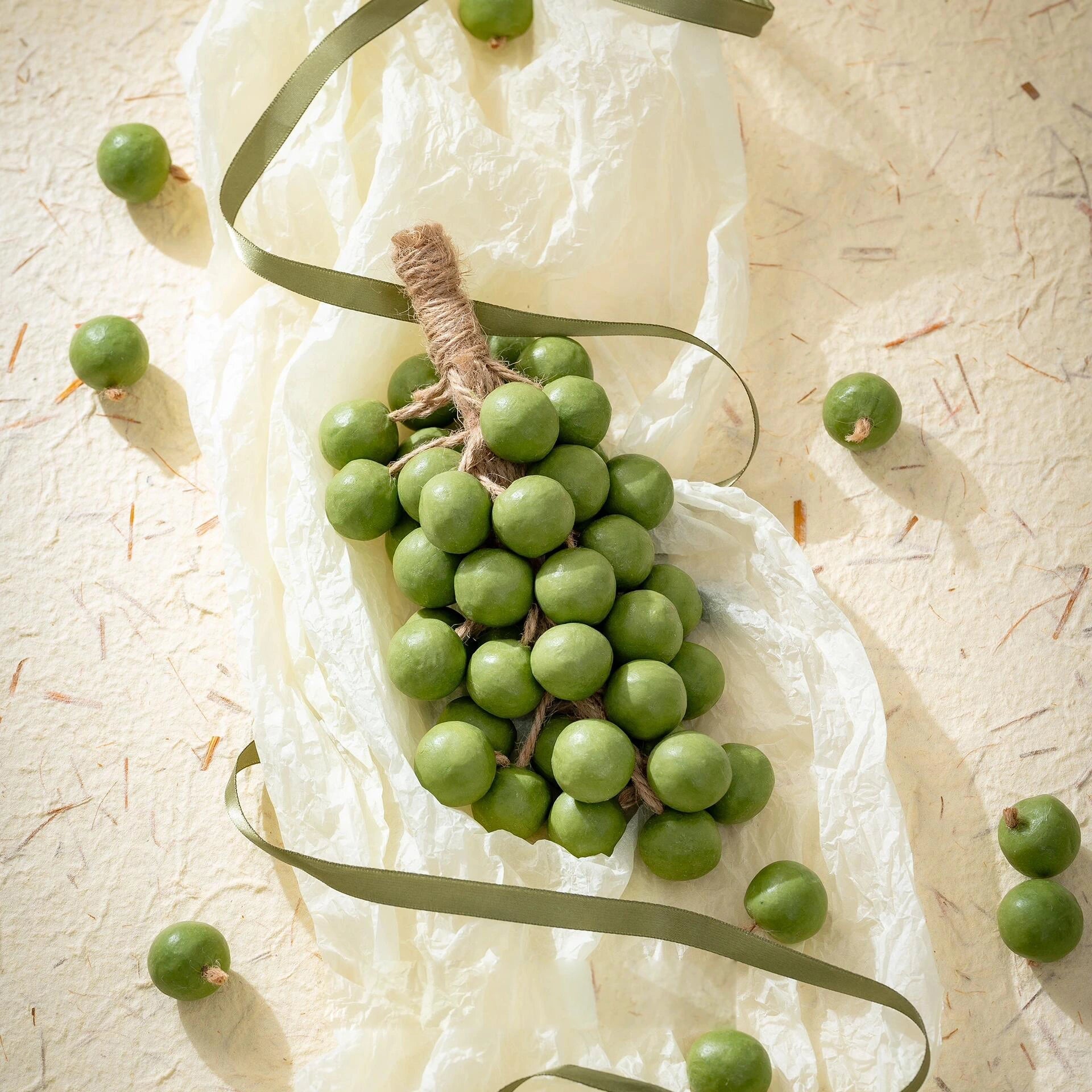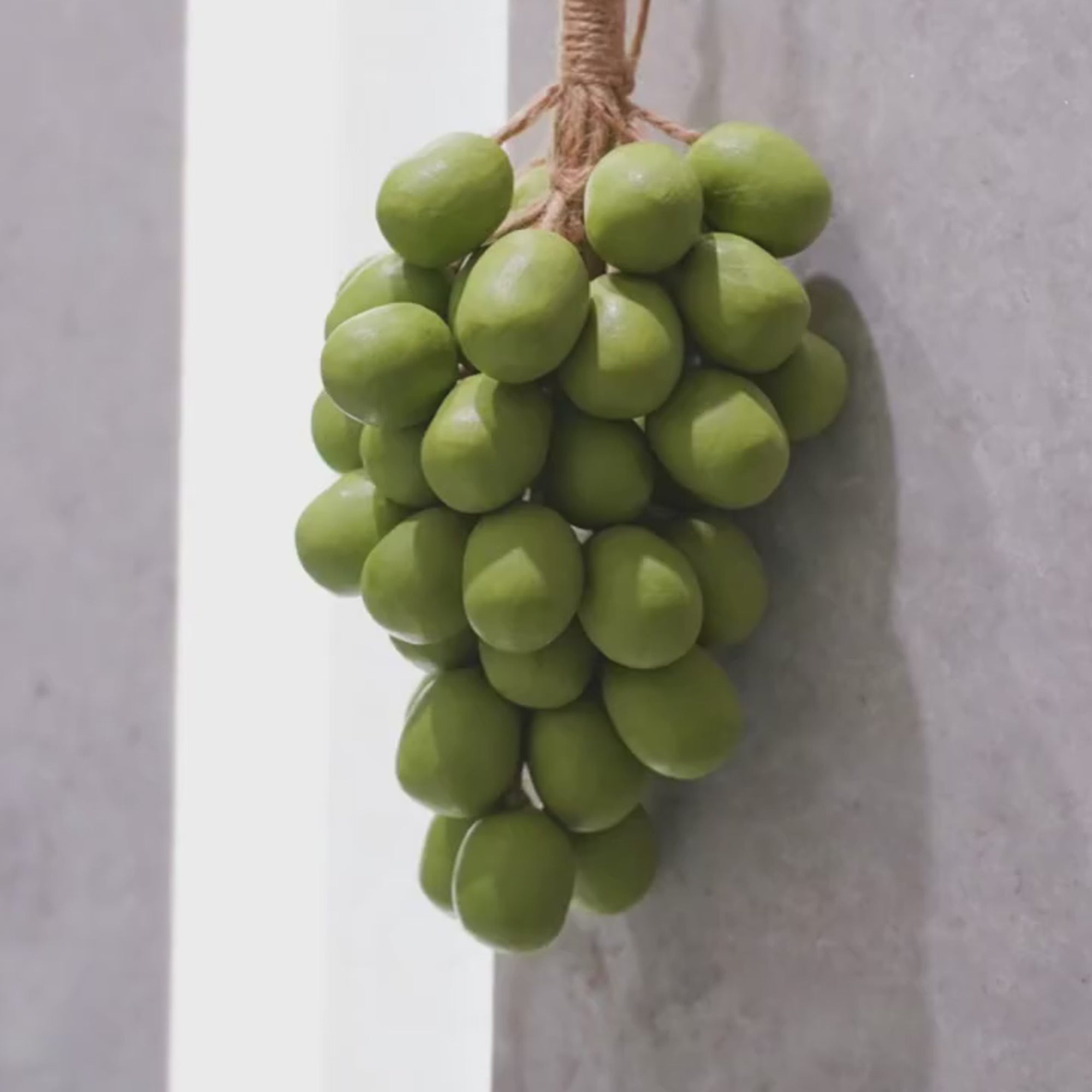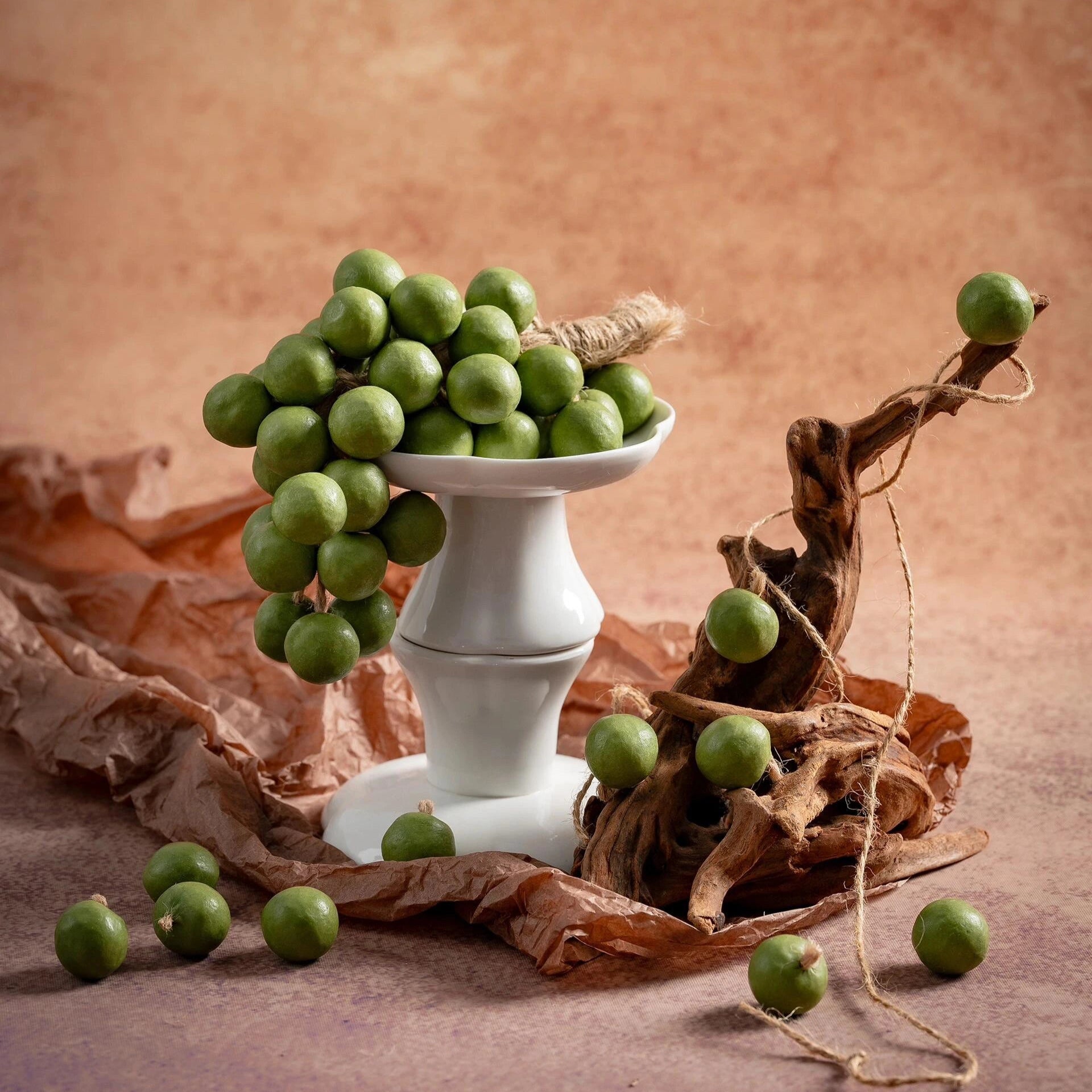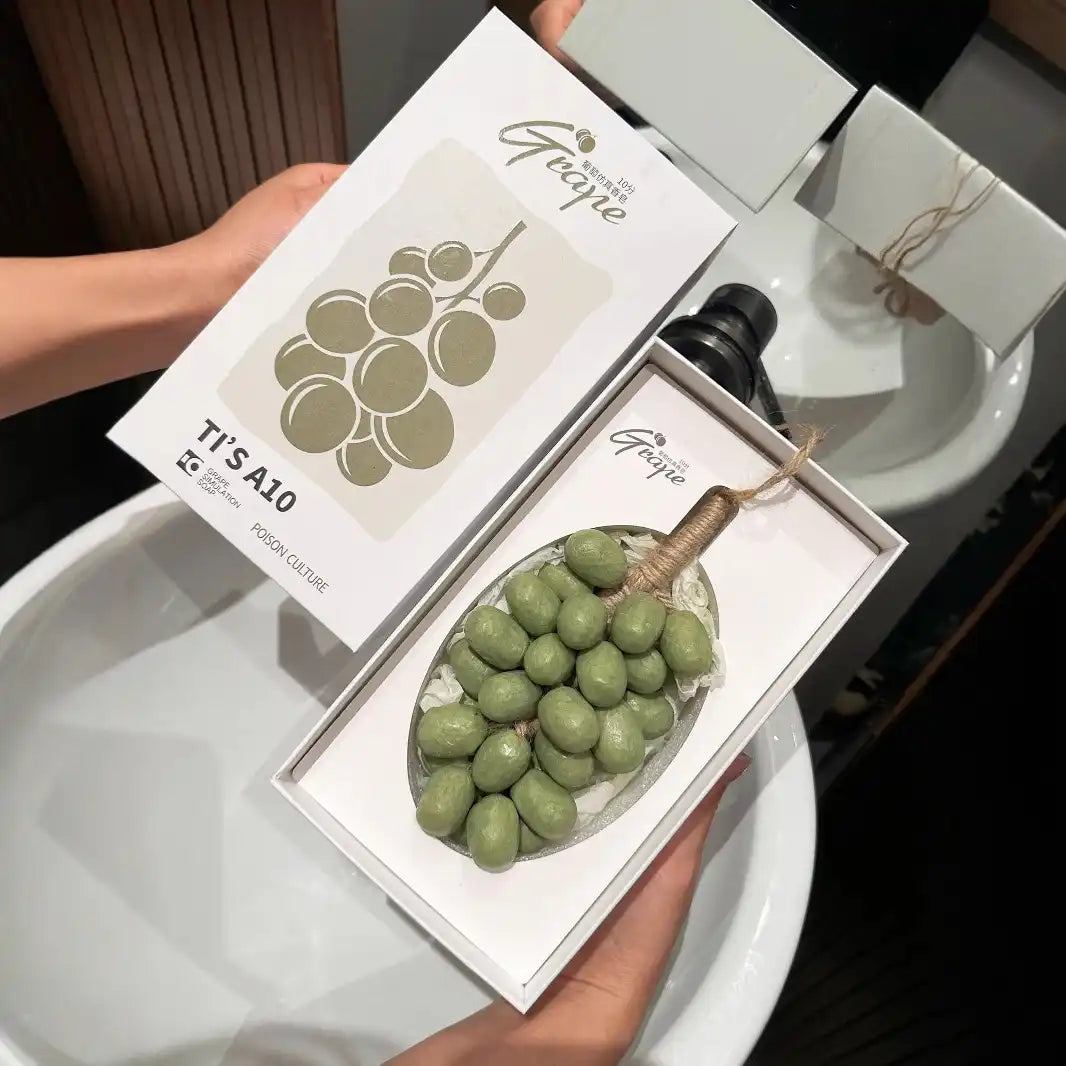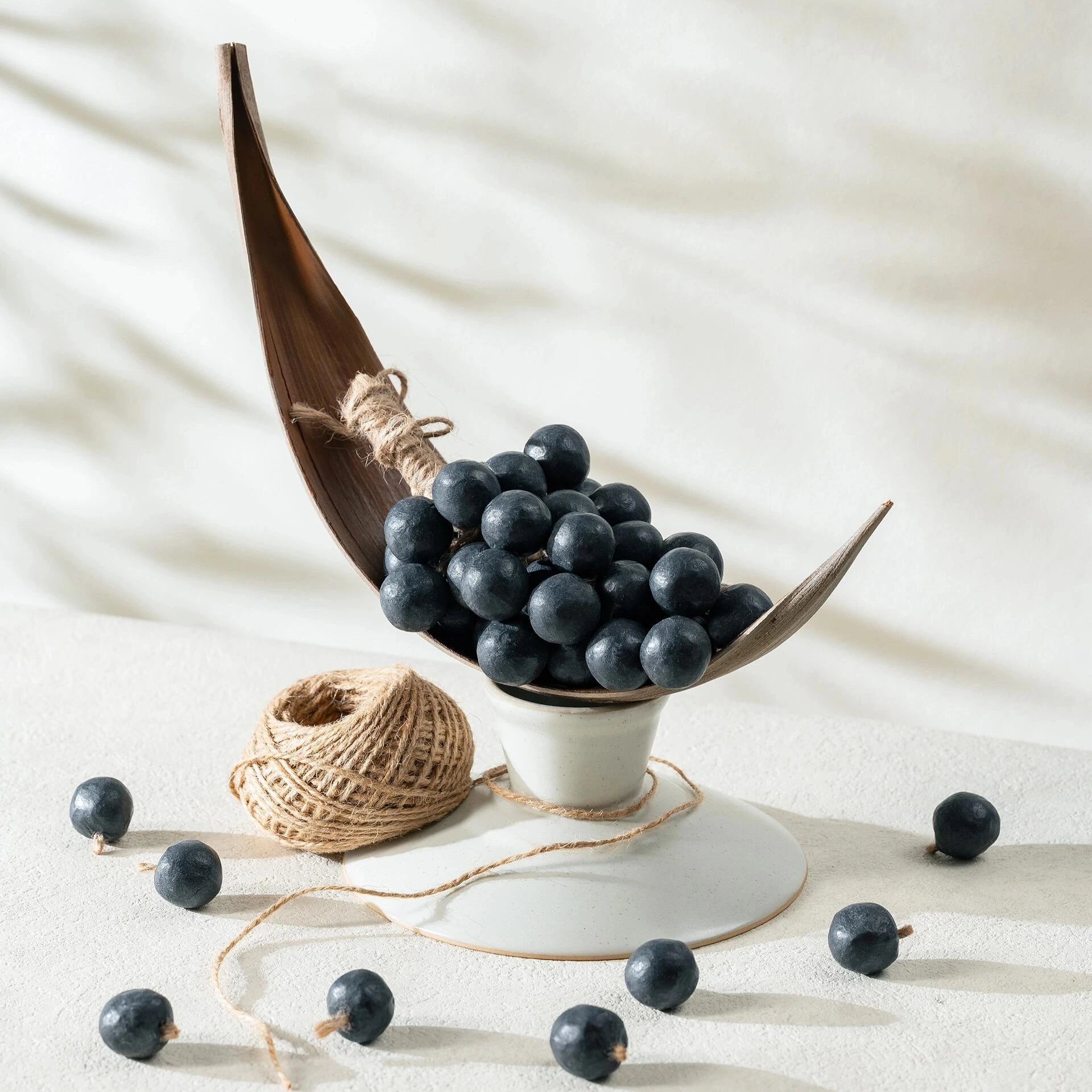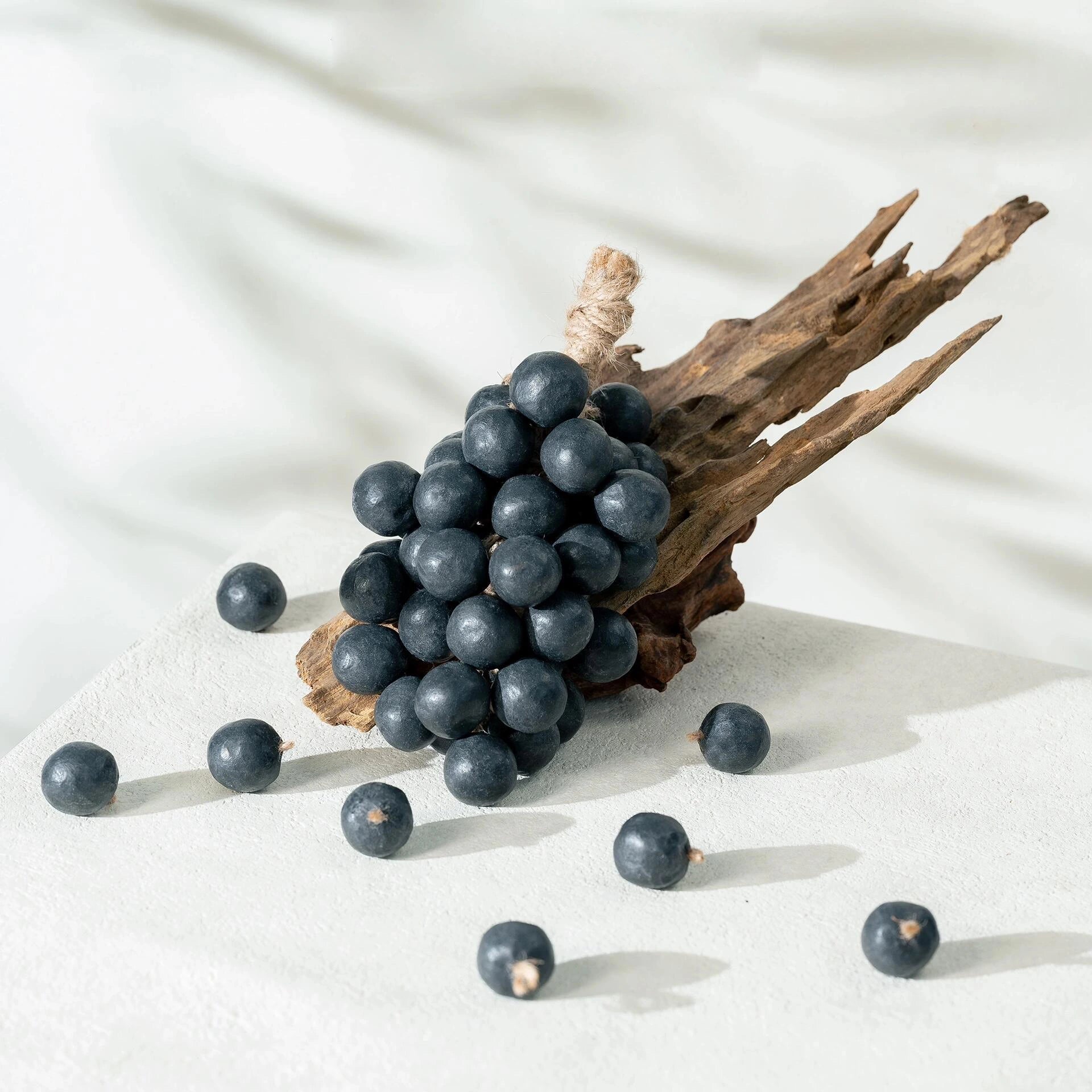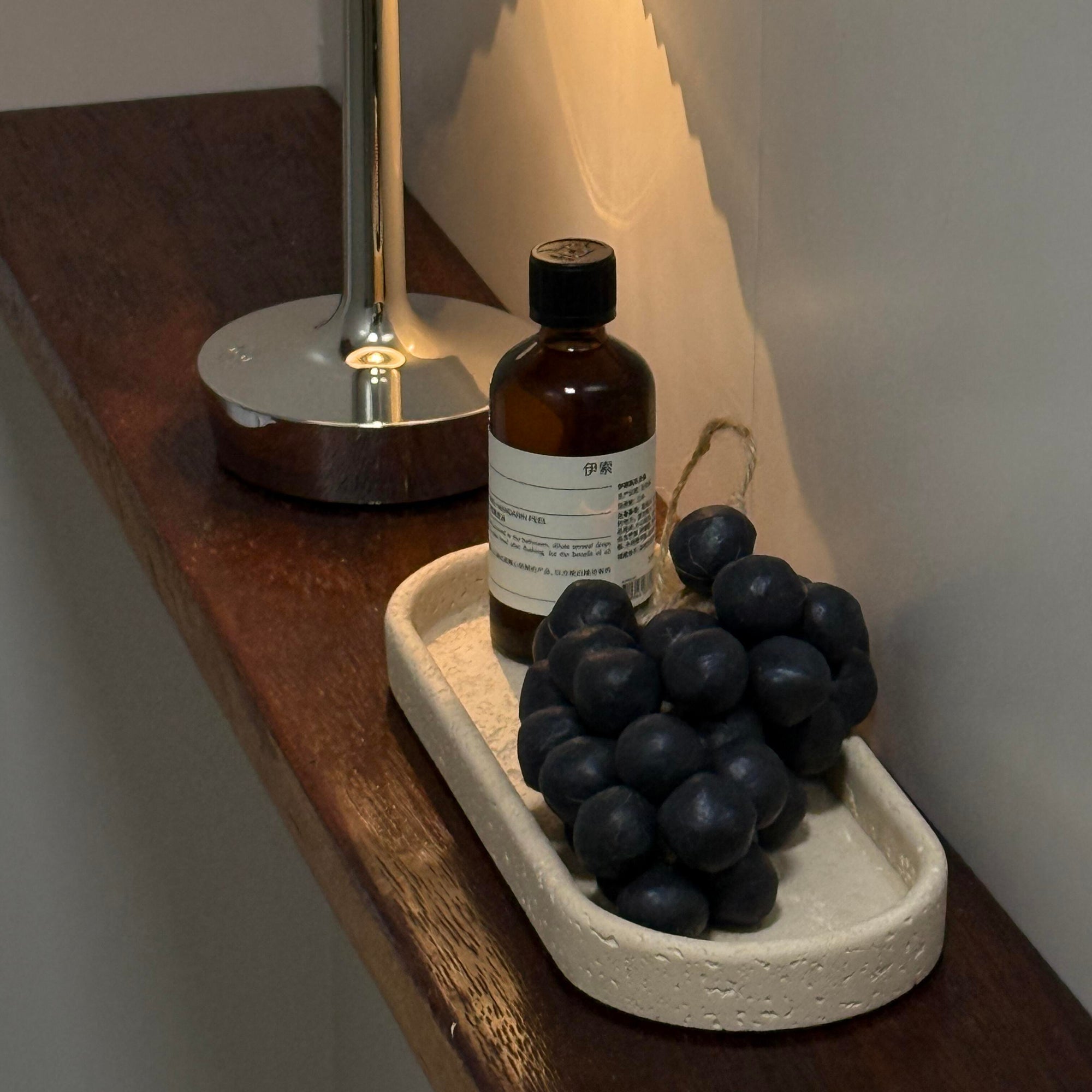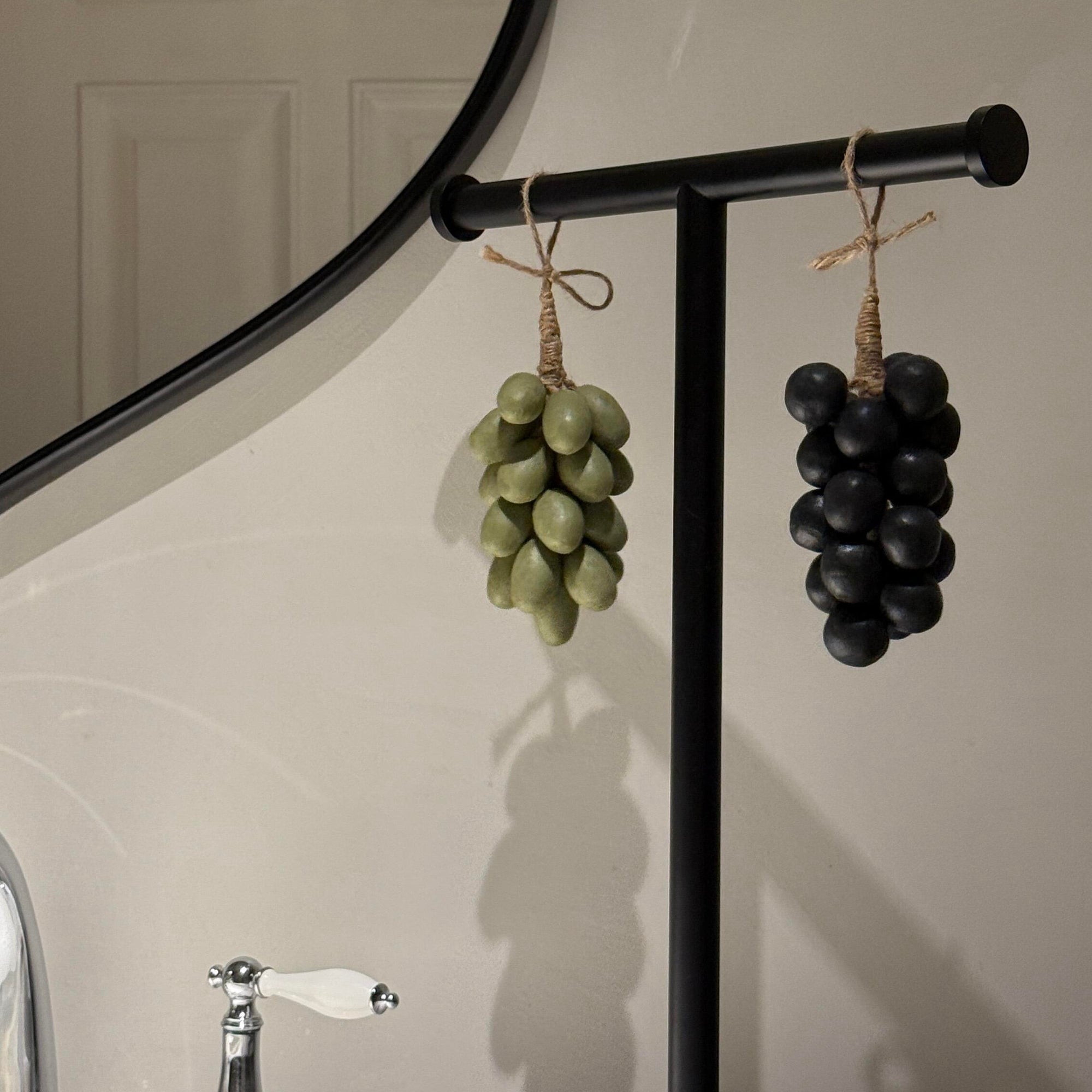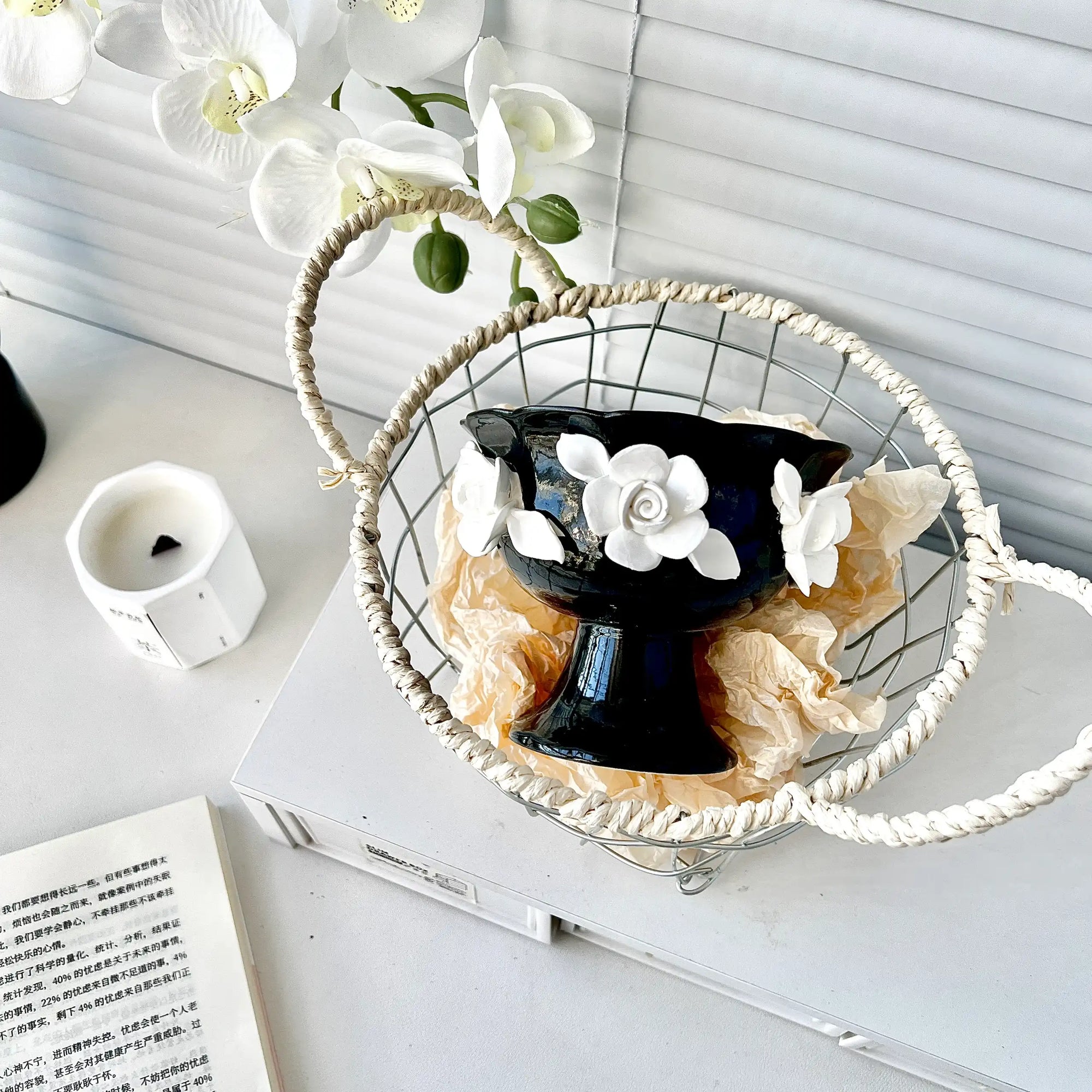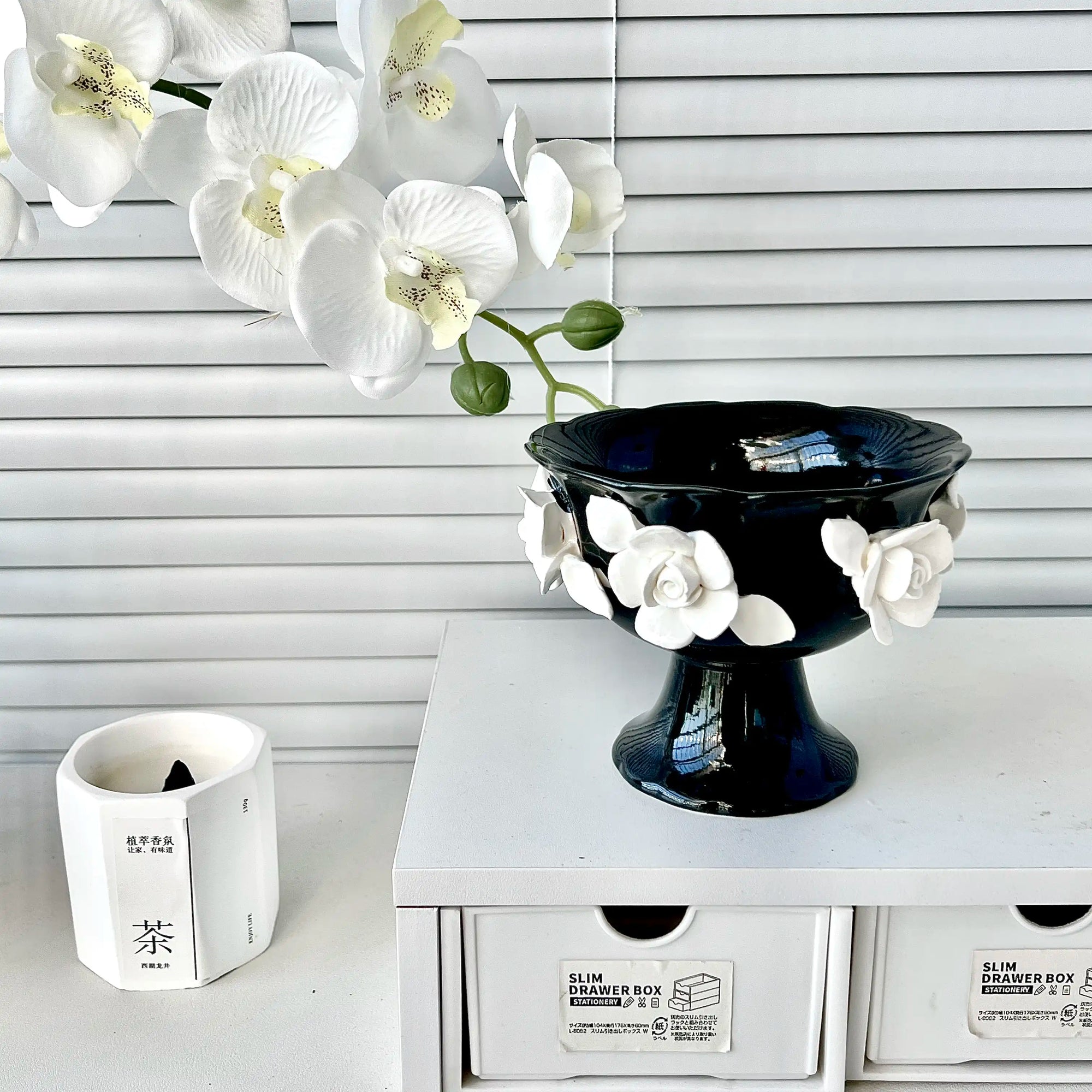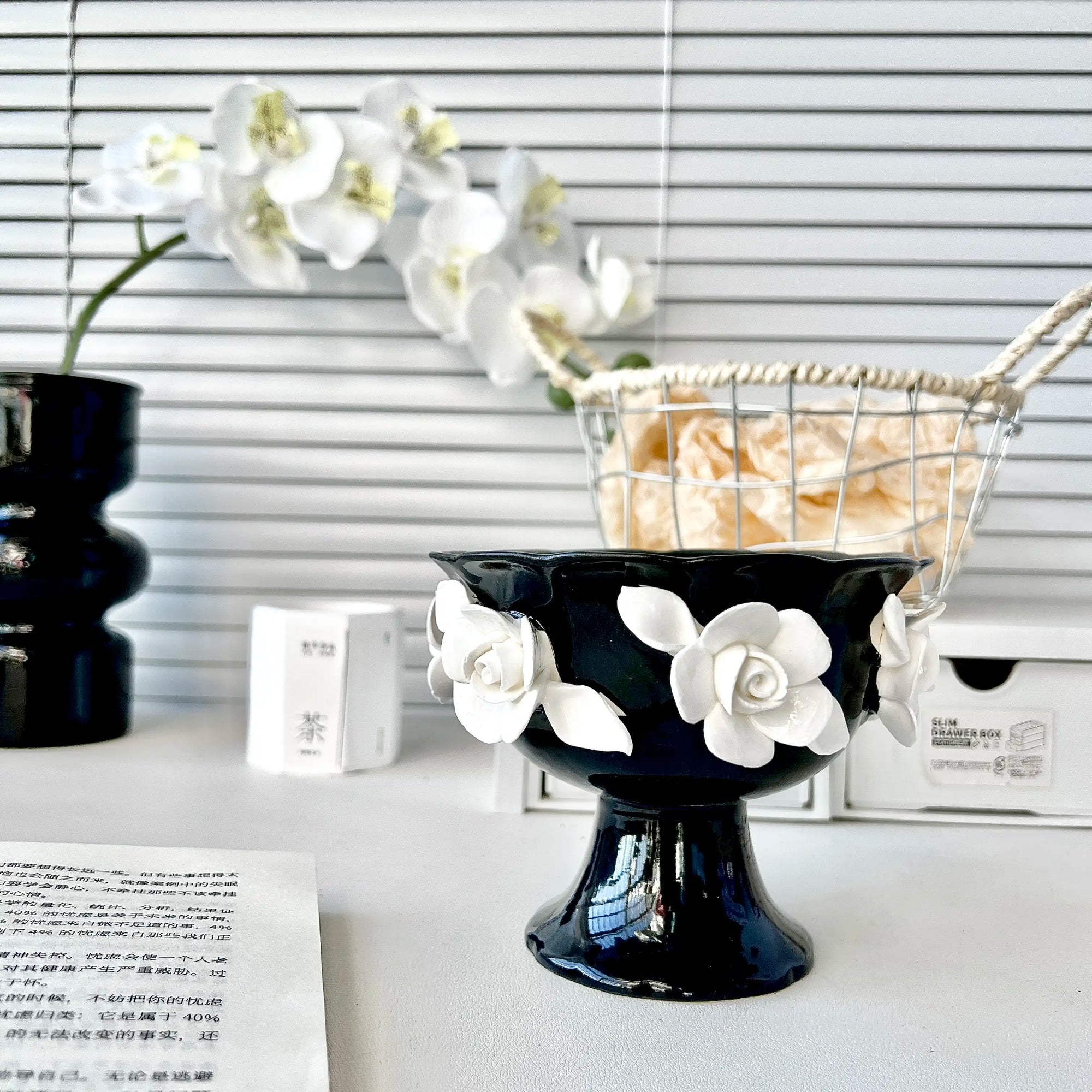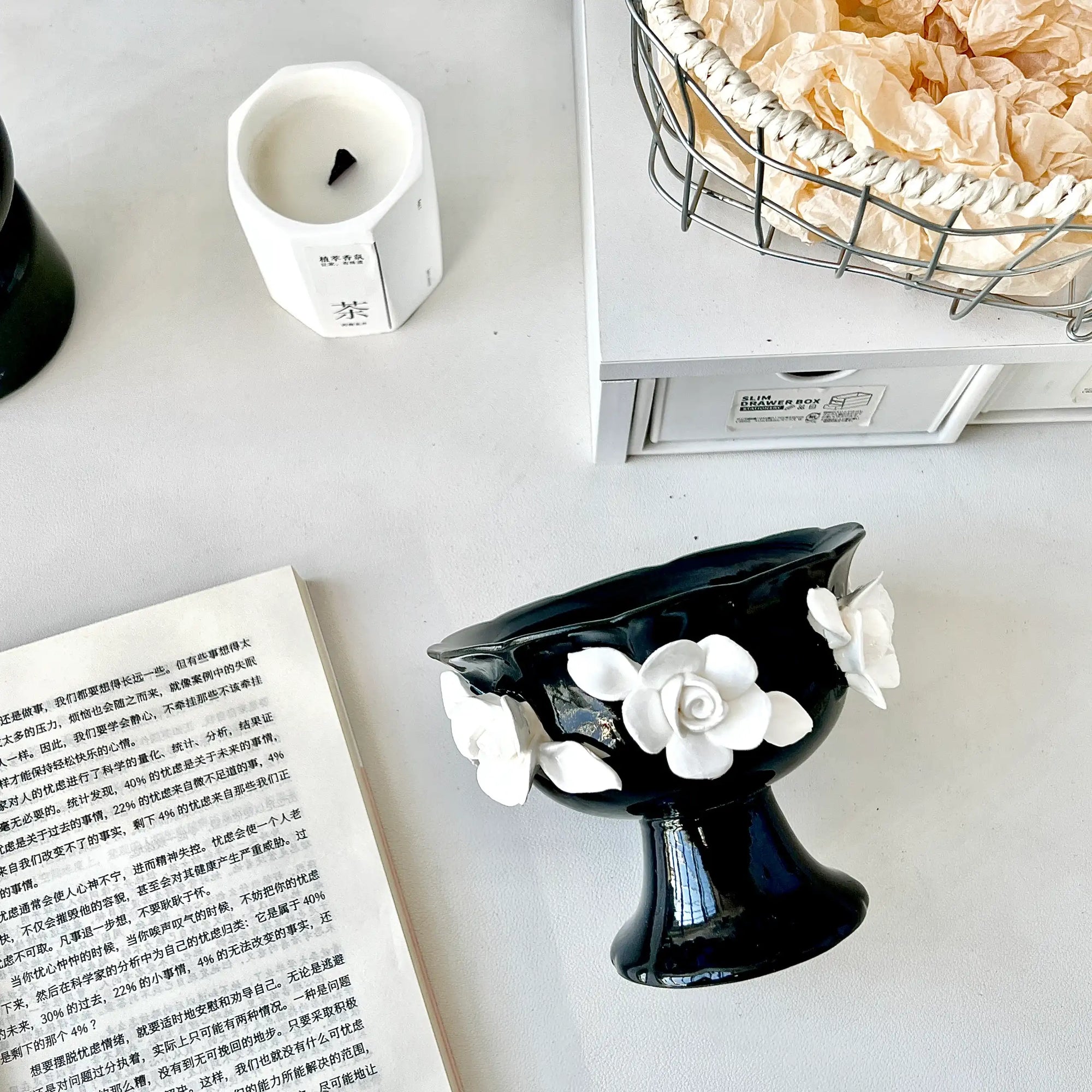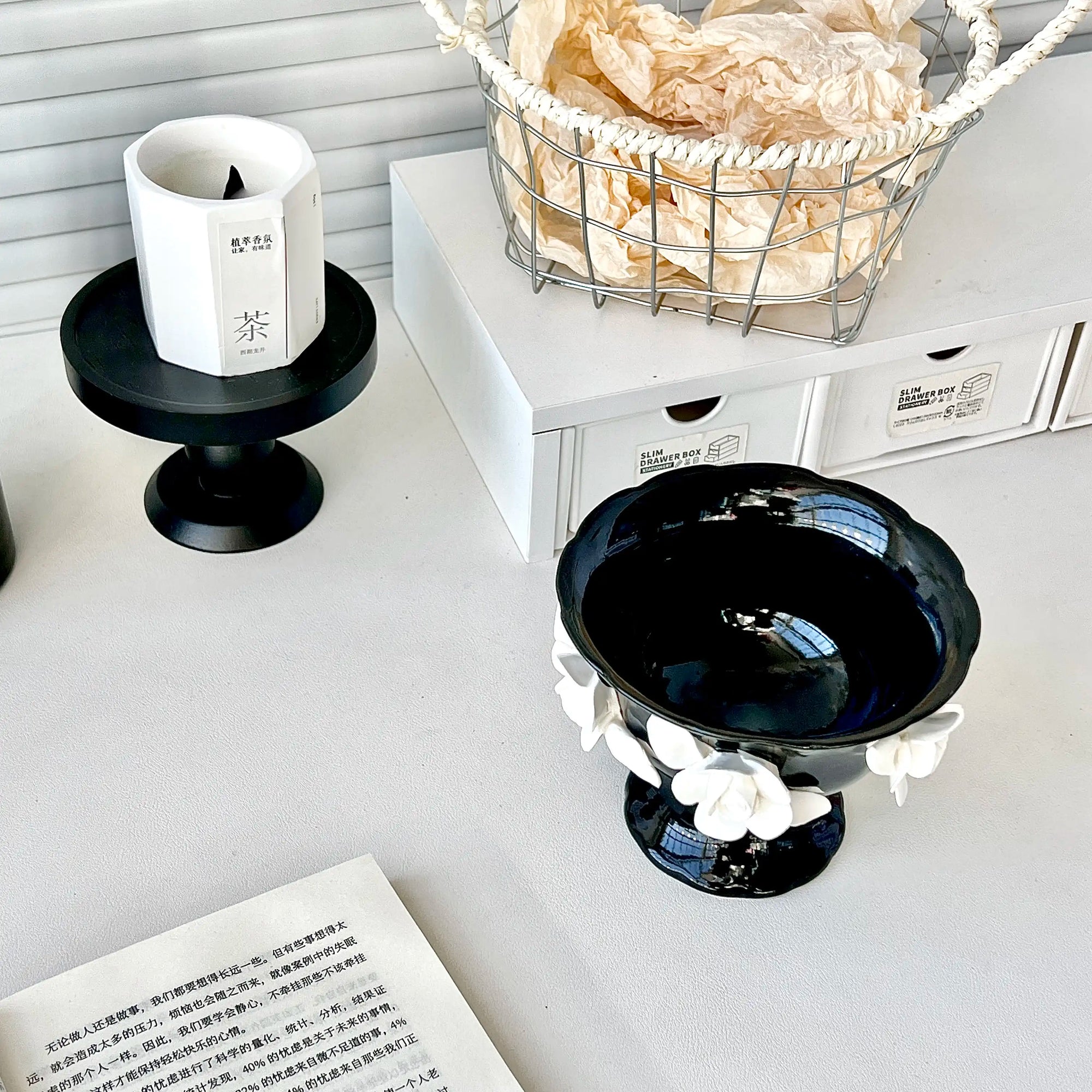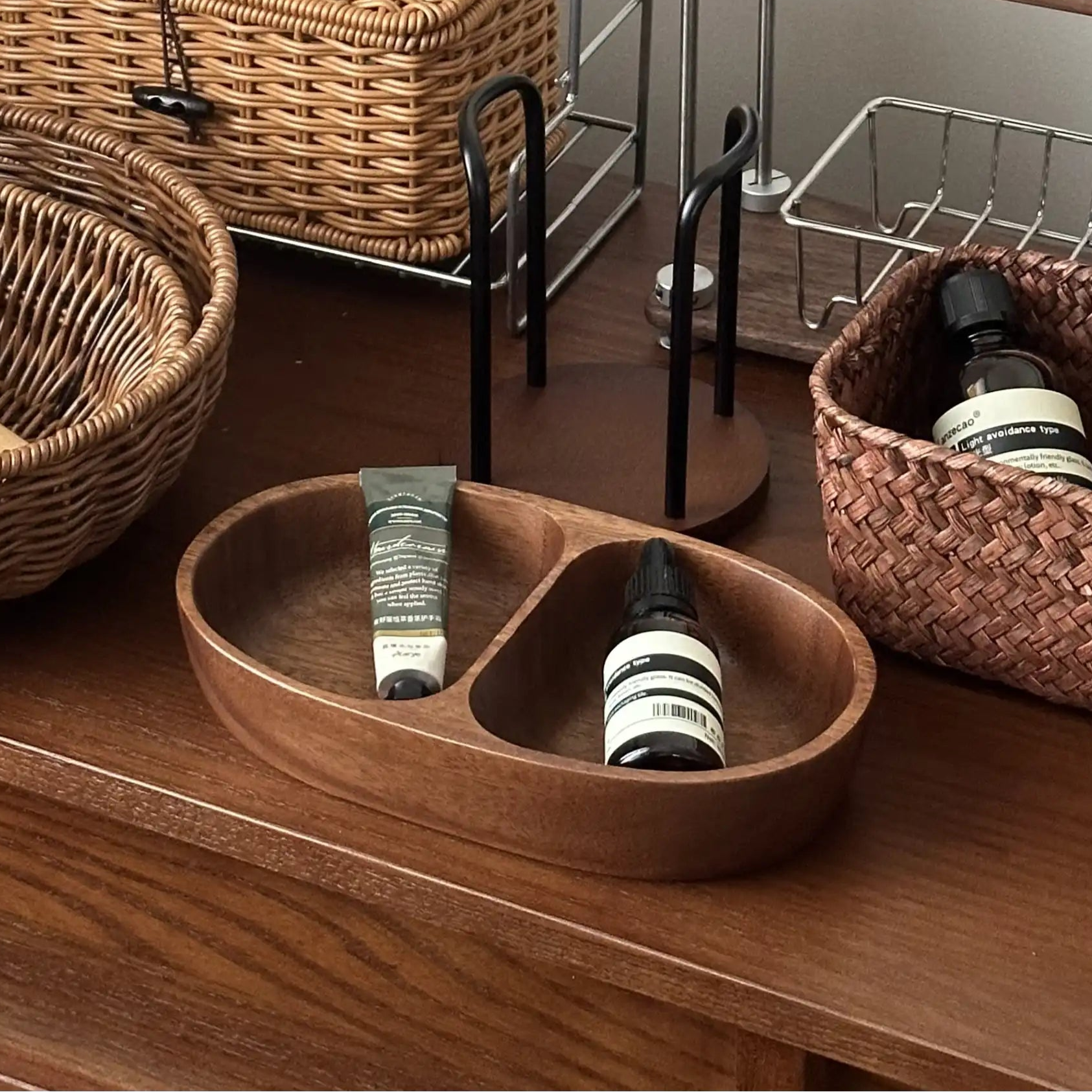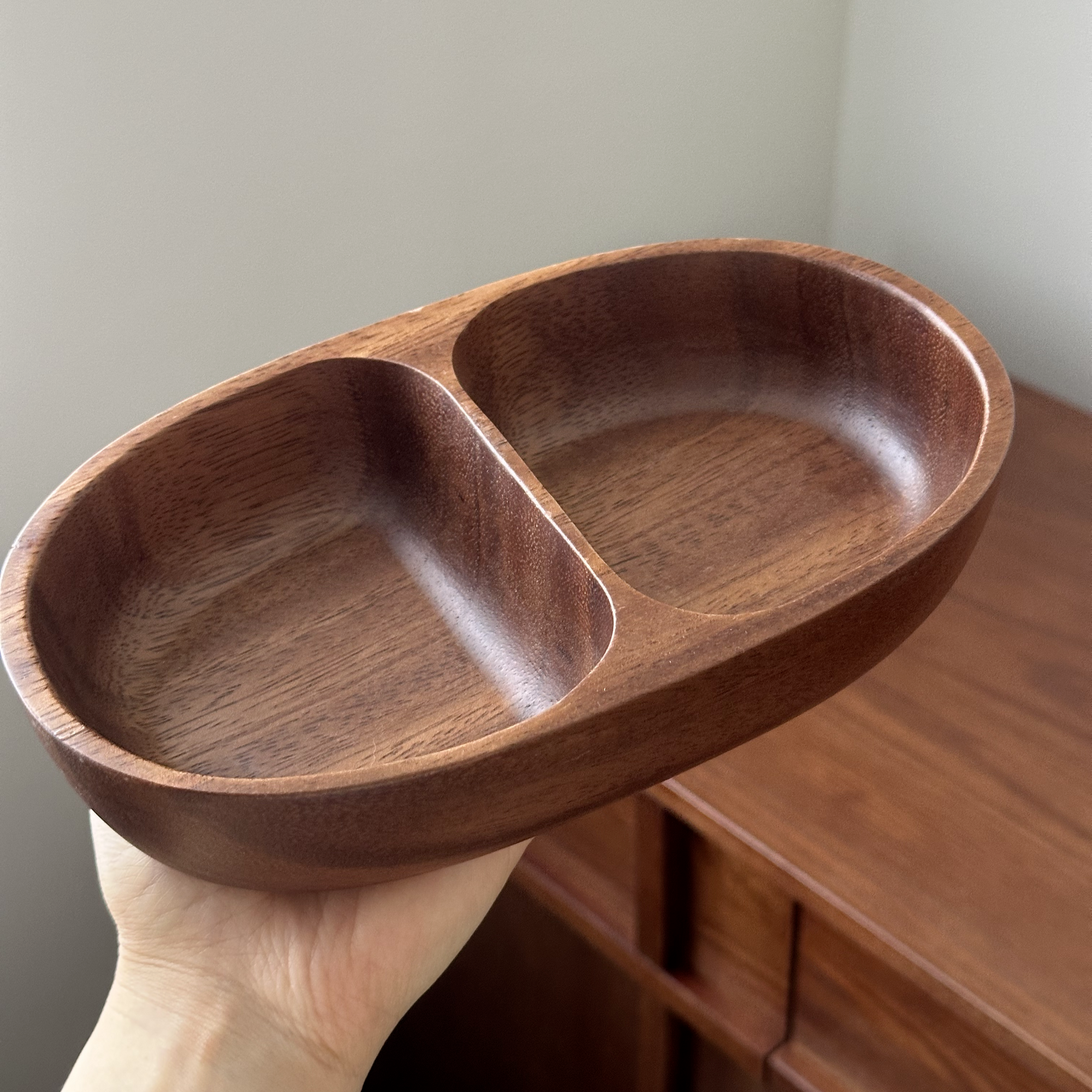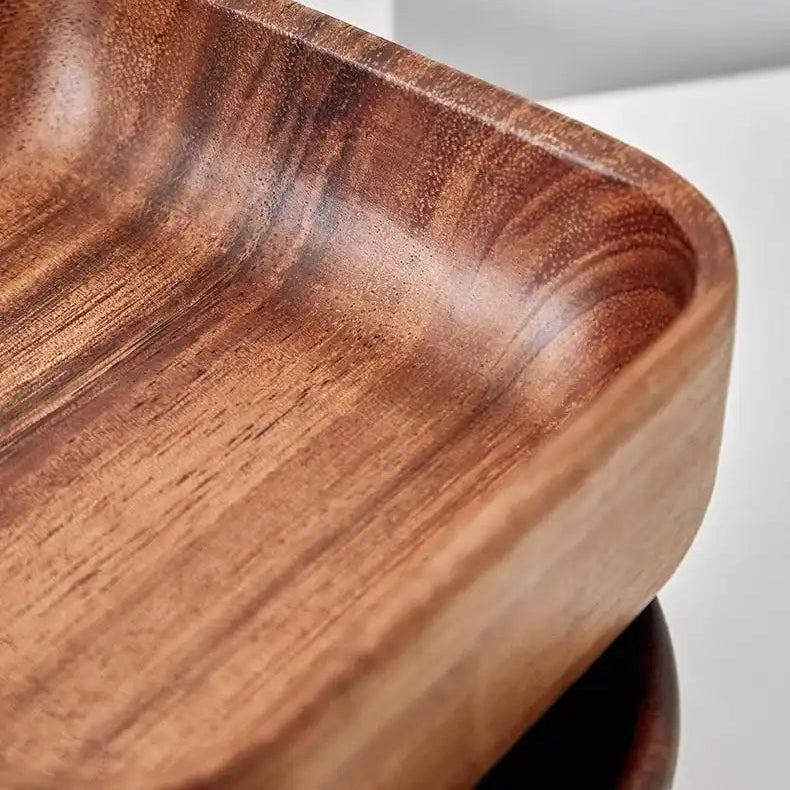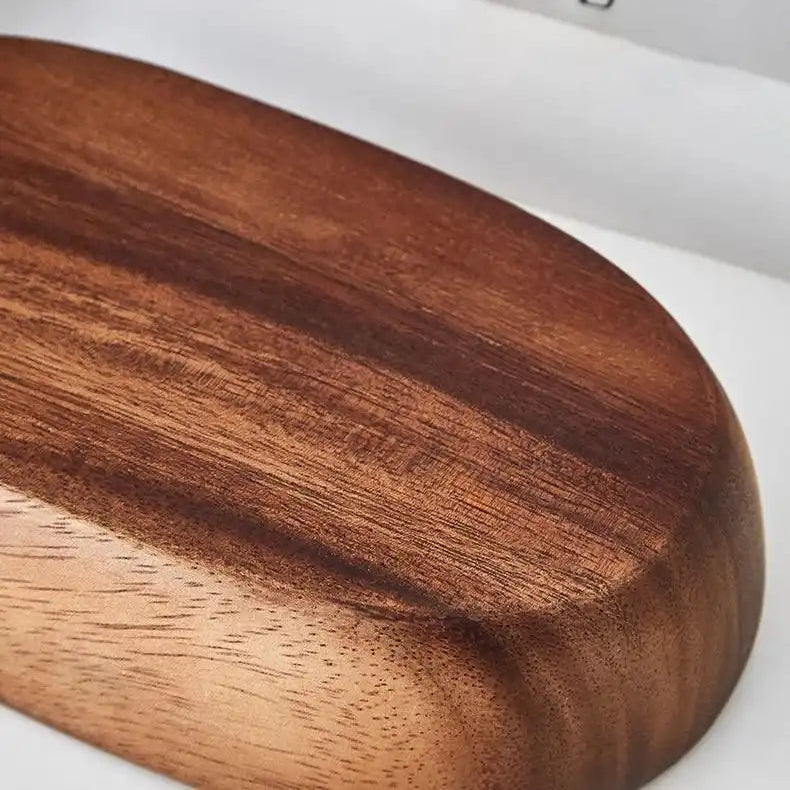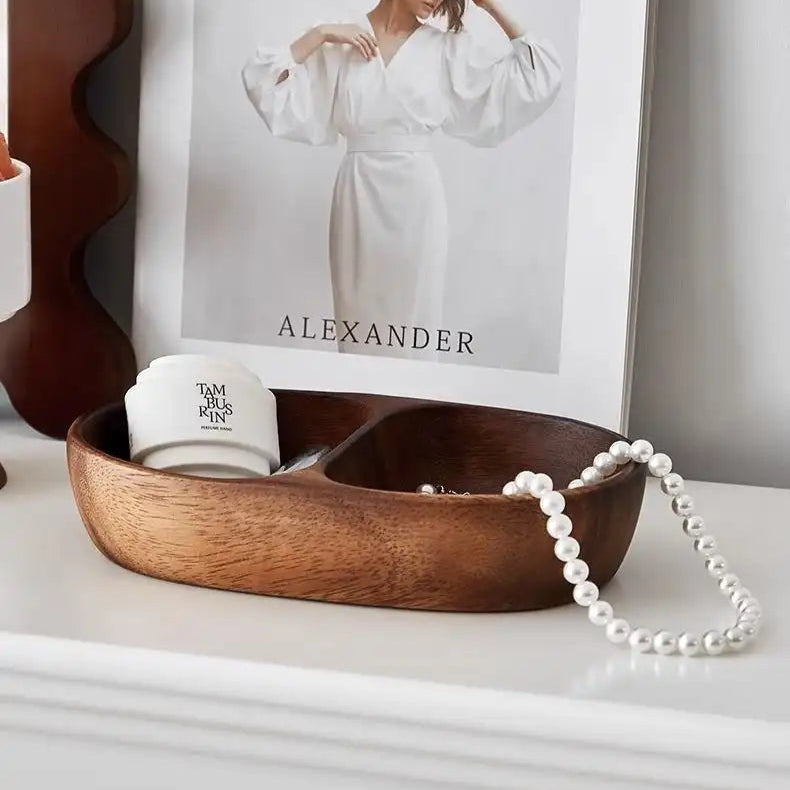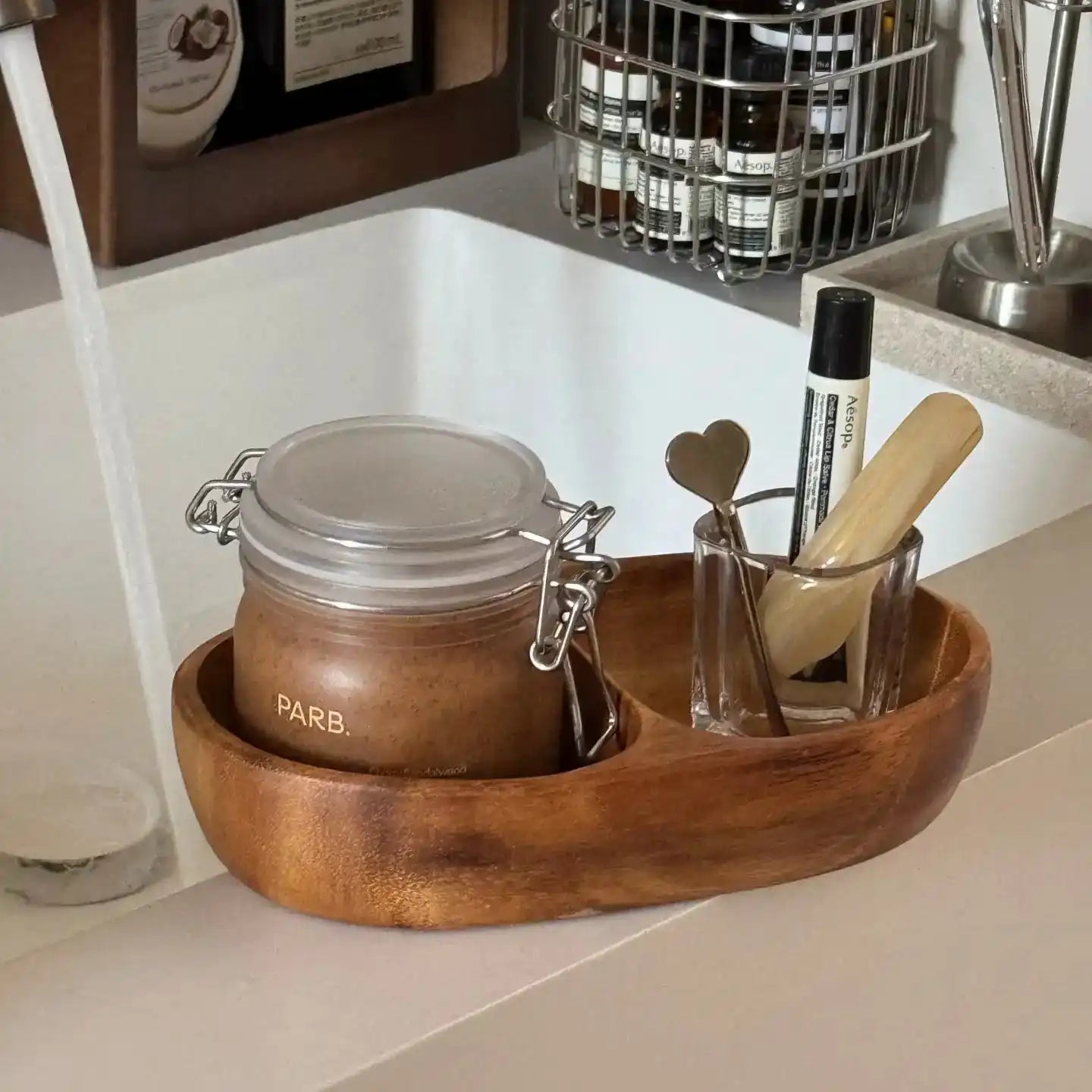Introduction
For those who want that "oasis" feel on the next level, there is one magical thing that you're probably missing: a stone shower. With their timeless look, spa-like feel, and rock-solid (pun intended) durability, they blend natural beauty with everyday functionality. In this blog, we’ll will examine the popularities of stone showers, what it can bring to your home (and soul), and what design choices to make.
Table of Contents:
- Looks That Rock: The Natural Beauty of Stone Showers
- Bring the Spa Home: Why Stone Just Feels Better
- Not All Stones Are Created Equal: Picking the Right One
- Marble
- Slate
- Granite
- Pebble or River Rock
- Travertine
- Tough Love: Stone's Maintenance Made Simple
- Conclusion
- FAQ: Stone Shower Know-How
Looks That Rock: The Natural Beauty of Stone Showers
One word: ambiance. Stone showers have a touch of nature's luxury that just cannot be replicated. Unlike mass-produced tile or plastic surrounds, stone has unique patterns, textures, and tones that instantly elevate any bathroom. It’s the difference between a hotel shower and a boutique eco-resort experience.
Be it creamy marble veins, or natural slate slabs, or even the rustic looks of river rock floors, every stone shower has a tale to tell. Stone adds depth, warmth, and a certain “handcrafted by nature” feel you just can’t fake. It pairs beautifully with wood, glass, and even metals like brass or matte black fixtures.
Bring the Spa Home: Why Stone Just Feels Better
Like if you have ever stepped into a sunny warm pebble floor barefoot. Not only does a stone shower look great — it feels great as well. Since natural stone will retain heat quite a bit better than porcelain or fiberglass, that means warm, soothing showers year-round.
River rock floors massage the feet as you walk on them, while flat stones provide that grounding, solid feeling safer enough to be comforting too. You know that feeling when your shower becomes the best part of your day? That’s what stone does. And do not forget about the sound. The roiling of water tumbling against an uneven stone is a muted spa sound that is far more soothing than the slap of tile.
So yes, not only do stone showers make your bathroom more upscale, they make your every morning vibe more upscale.
Not All Stones Are Created Equal: Picking the Right One
Selecting a stone shower is not a paint swatch pick-out — it is a way-of-life choose. The stone you choose determines not just the appearance of the chosen stone, but its tactile feel underfoot, level of care it requires, and the overall vibe it sets in your bathroom.
-
Marble: The diva of the stone world — but in the best way. Marble is luxurious and elegant with soft, flowing veins that make any bathroom feel like a Roman spa. It's naturally cool to the touch and great for creating a serene, airy vibe. But it’s also porous, so regular sealing is a must to avoid etching and stains from soaps or hard water.

-
Slate: Rugged, earthy, and practical. With its natural cleft surface texture, it is naturally slip resistant — a useful feature in wet areas. Slate ranges from deep charcoal to rusty reds and greens, making it perfect for those going for a rustic or industrial look. Not only is it denser than marble, but it will usually also be much more easily maintained.

-
Granite: Basically the superhero of the stone world. It’s nearly impervious to scratches, heat, and water when sealed. It comes in a wide variety of patterns and colors, from speckled blacks and whites to swirled browns and blues. If you want strength and longevity with less fuss, granite’s your guy.

-
Pebble or River Rock: Think barefoot luxury. These smooth stones, which are made use of in shower floors, provide a serenely rubbing feel combined the high-degree organic visual. Just be warned they require meticulous grouting and sealing to avoid water pooling or mildew.

-
Travertine: With its naturally pitted surface and warm beige tones, travertine brings a Mediterranean charm that feels both relaxed and refined. It's more porous than slate or granite, so it's better suited for low-splash areas unless well-sealed.

Match your stone to your lifestyle. Opt for the more laid-back and lower maintenance granite or slate if you fall into this category. Marble or travertine may be for you, if you don’t mind a little more maintenance, in exchange for a high-end look!
Bonus tip: Mix and match! Use durable stone like granite or quartzite for flooring and accent with decorative marble or pebbles on the walls or niche areas for a curated, layered look in your stone shower.
Tough Love: Stone's Maintenance Made Simple
Now that your stone shower is all clean and beautiful — let’s discuss what matters — how to keep it that way.
Simply put, maintaining a stone shower is not as complicated as people worry about. The golden rule? Just seal it and clean it — and that is all!
Start with sealing. Because natural stone is porous, it will soak up water, soap, and dirt unless it is properly protected. A top-grade stone sealer, when applied once or twice per year (depending on stone type and usage), acts as a barrier, stopping moisture and stains. Some stones, like marble, need more frequent sealing, while tougher stones like granite or slate are more forgiving.
Avoid the harsh stuff when it comes to cleaning. Never use an acid cleaner like vinegar or bleach — these can erode the sealant or damage the surface. Rather, use a pH neutral detergent and a soft cloth or sponge. This will keep your stone looking pristine without wearing it down.
Notice that grime quickly builds, especially in the situation of very textured stones or pebble flooring. The occasional hard-to-reach nook and cranny is where a soft brush comes in handy. And always rinse well so there isn't any soap left.
With these simple habits, your stone shower will not only stay clean — it’ll age beautifully, developing a natural patina that adds to its charm. Maintenance doesn't have to be a burden. A few smart routines go a long way toward keeping that spa-like feel, year after year.
Conclusion
A stone shower isn’t just a bathroom upgrade — it’s a lifestyle shift. It’s about bringing nature indoors, turning a functional corner of your home into a calming, sensory-rich retreat. With the right stone, a bit of planning, and a dash of style, you can create a space that looks like a magazine spread but feels like home.
FAQ: Stone Shower Know-How
Q1: Are stone showers hard to clean?
A: Not at all! Just use a pH-neutral cleaner and reapply sealer every 6-12 months. That’s way easier than scrubbing grout lines in tile.
Q2: Will a stone shower make my bathroom feel dark or heavy?
A: Only if you go all-in without balance. Use lighter stones or mix with wood and glass for a breezy, earthy feel.
Q3: Are stone showers safe? I worry about slipping.
A: Many stones, like slate and pebble, offer natural texture that actually improves traction. Just avoid super-polished finishes.
Q4: Is installing a stone shower expensive?
A: It can be more costly upfront, but think of it as a long-term investment. Stone lasts decades and adds your home value.
Q5: Can I mix stone with other materials?
A: Absolutely! Stone and wood? Gorgeous. Stone and matte black fixtures? Designer-worthy. Just keep balance in mind.
Related Articles
Tile Designs for Small Shower Enclosures That Make a Big Impact
2025's Best Bathtub Tile Ideas: Top Styles, Materials & Practical Choices
How to Choose the Best Color for Bathroom Cabinets to Match Any Wall Tile


